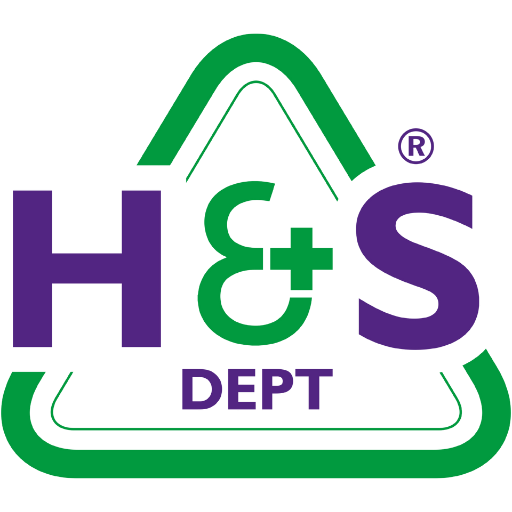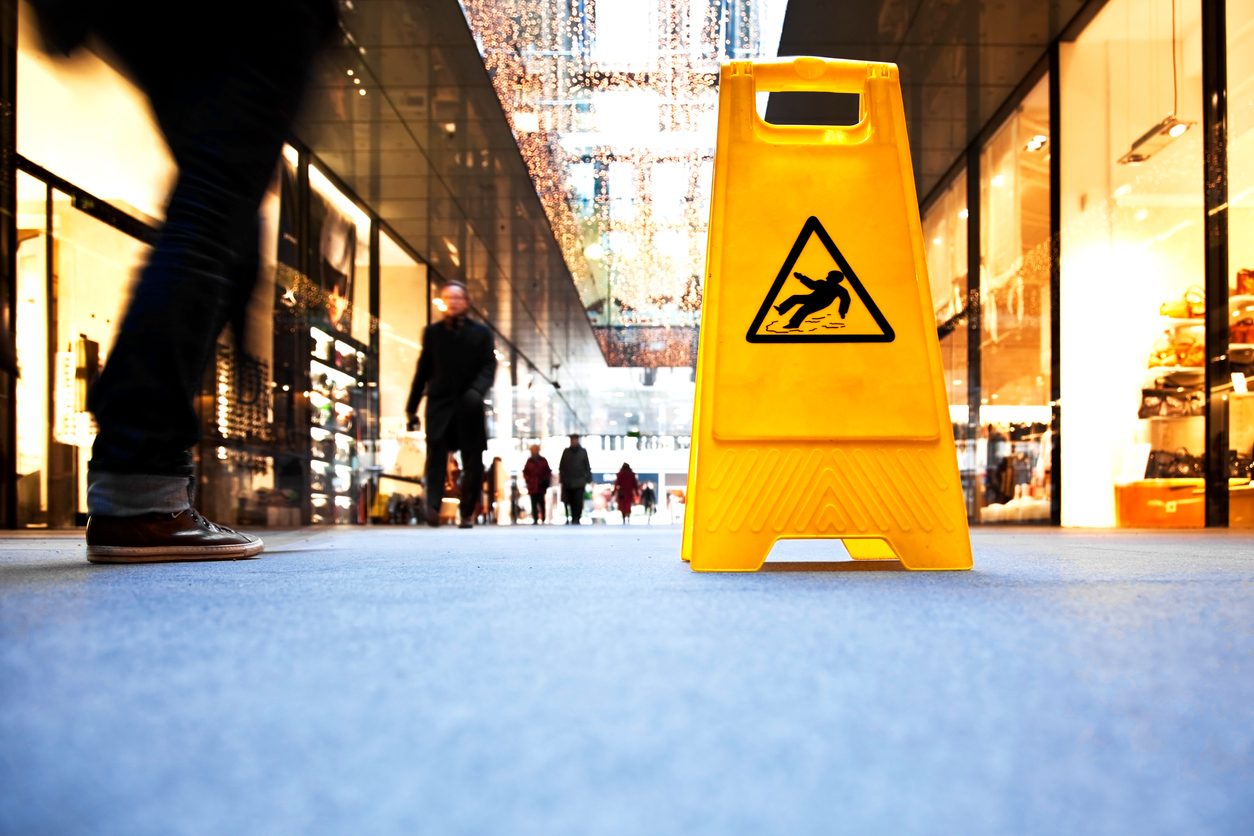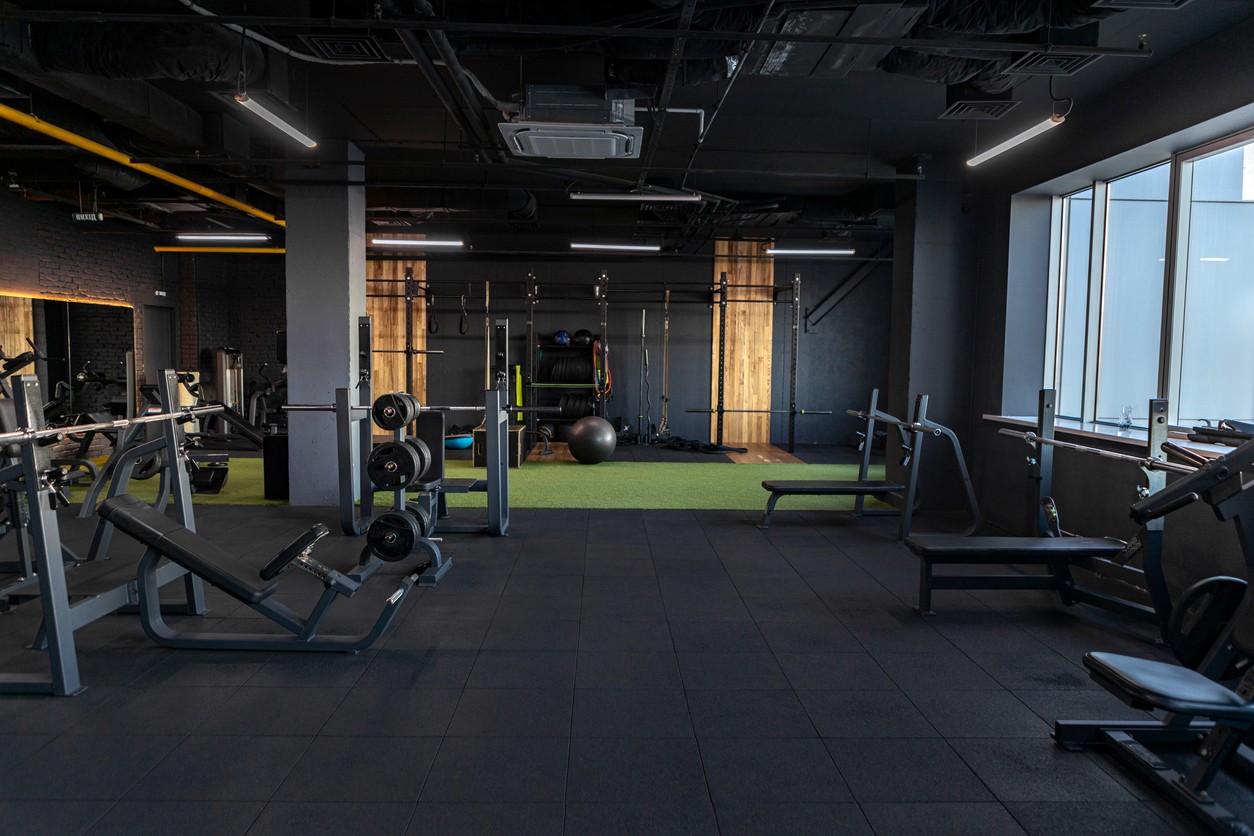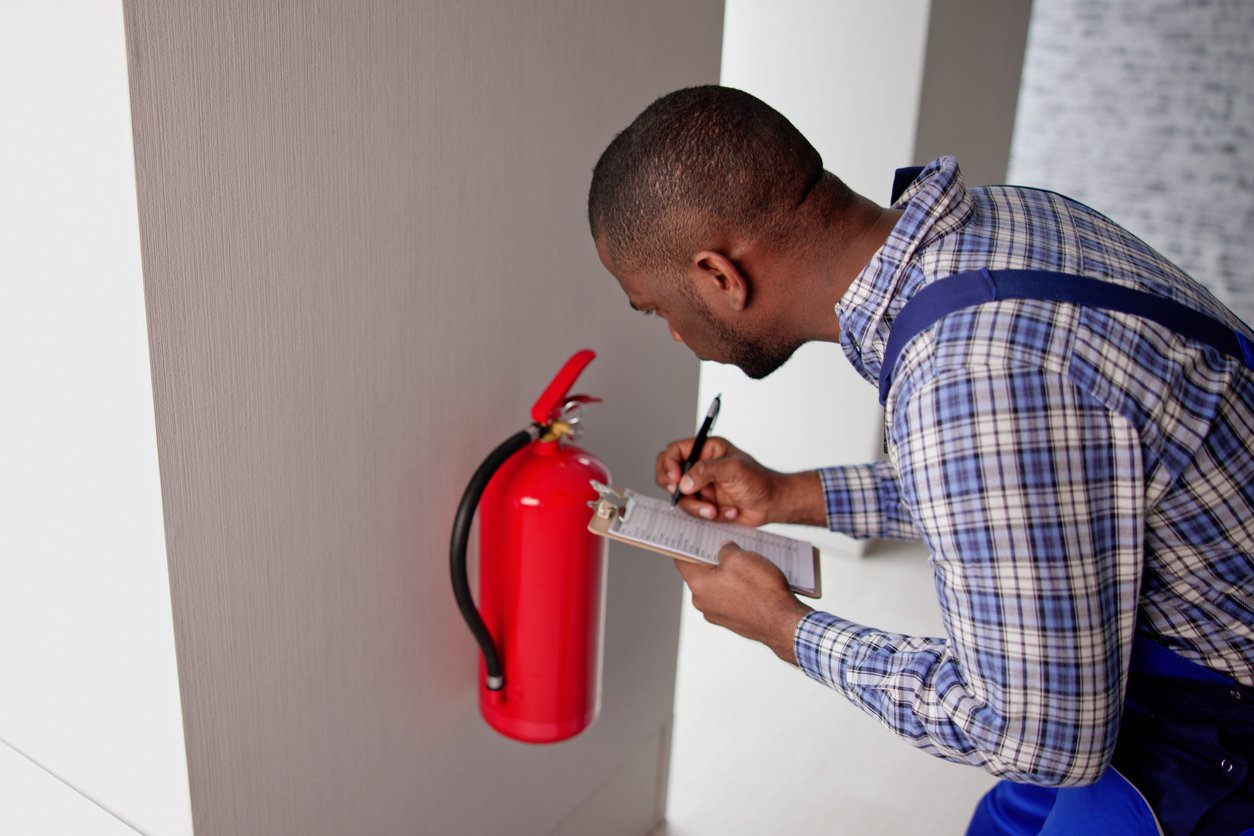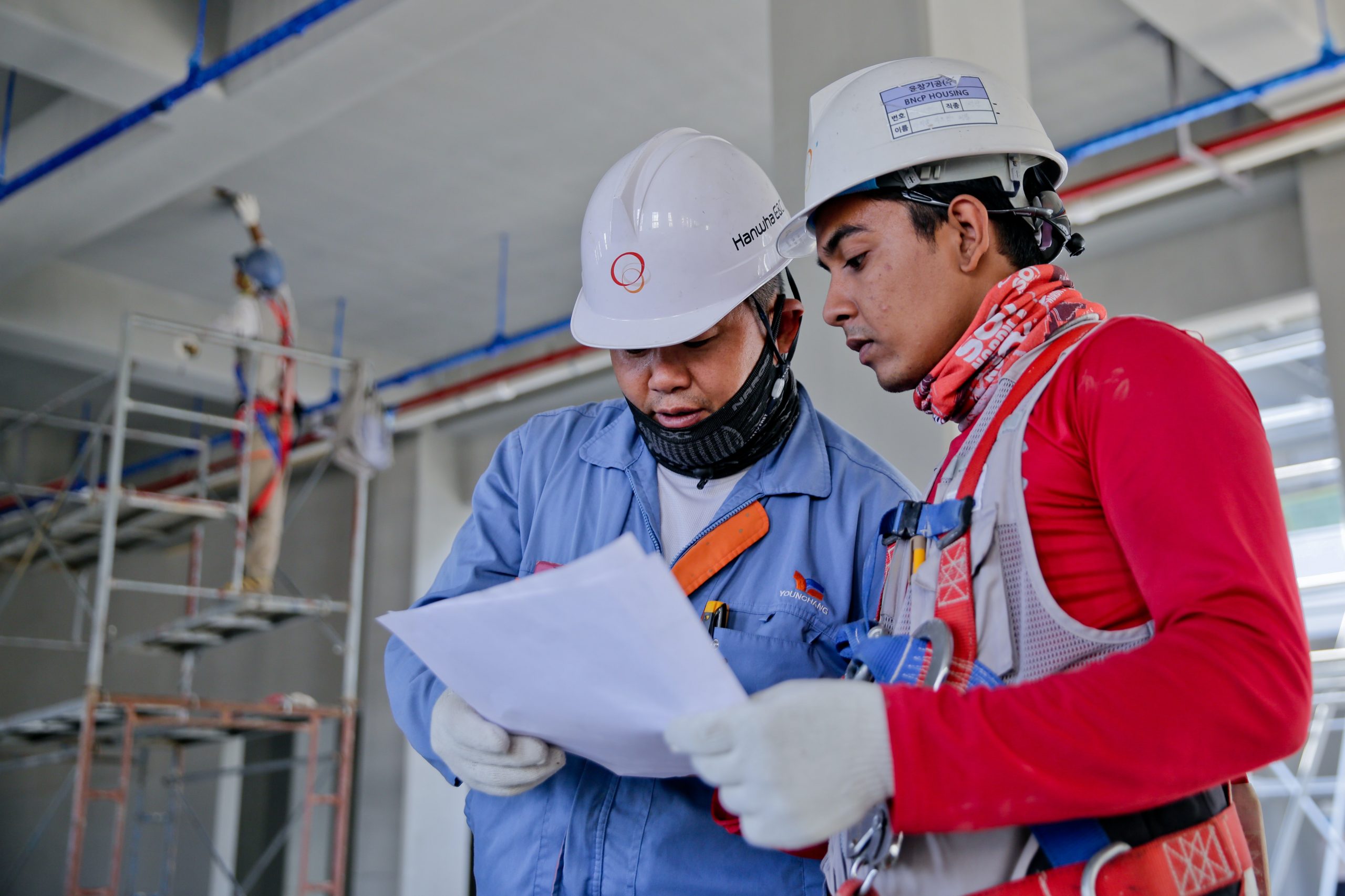Winter in the UK can be beautiful, but for employers it brings a very practical set of challenges. Frosty mornings, slippery leaves, icy car parks and dark afternoons don’t just affect morale – they raise the risk of accidents. Slips, trips and falls are already one of the most common workplace incidents. Add snow, ice and poor visibility into the mix, and the likelihood of someone getting hurt increases sharply.
For small and medium-sized businesses, even a single incident can cause major disruption. An injured employee may need weeks off work, colleagues may feel shaken, and productivity takes a hit. On top of this, employers have a legal responsibility under the Workplace (Health, Safety and Welfare) Regulations 1992 to make sure walkways are safe, well-lit and free from obstructions. It’s not just about avoiding fines or claims – it’s about looking after your people.
The hidden risks of the season
It’s easy to underestimate how quickly conditions can change. One evening’s frost can turn a car park into a sheet of ice. Wet leaves build up around entrances, becoming as slippery as spilled oil. Even inside, water and snow tracked in on shoes can make floors treacherous. With fewer daylight hours, hazards that would normally be spotted straight away can go unnoticed.
What makes these risks tricky is that they don’t always feel dramatic. A small puddle or patch of frost doesn’t seem like much – until someone ends up on the floor. That’s why winter demands a more watchful, proactive approach.
What the law expects
The law is clear that employers must take “reasonable steps” to keep walkways safe. In practice, this means anticipating the risks winter brings and planning accordingly. If an accident happens and no precautions were taken, businesses can face enforcement action or costly claims.
But beyond compliance, it’s about creating a culture where staff feel safe and supported, even when conditions outside are difficult. A thoughtful winter safety plan shows your employees you care about their wellbeing, not just the bottom line.
Practical ways to protect your workplace
Protecting against winter hazards doesn’t need to be complicated. The most effective measures are often simple and consistent. Gritting car parks and pathways, clearing leaves before they pile up, and making sure entrances are kept dry can go a long way to preventing falls. Good lighting also makes a difference – with so many dark starts and early evenings, investing in adequate illumination around paths and entrances helps staff and visitors see where they’re going.
Inside, think about the areas where water might collect. Entrance mats can reduce the amount of moisture brought in, but they need to be checked and replaced when saturated. Quick action is essential too: if there’s a spill or a wet patch, it should be cleaned up promptly rather than left for someone else to deal with.
The value of winter risk assessments
A general risk assessment will cover many hazards, but a seasonal review helps bring winter-specific issues into sharper focus. Walking through your premises with fresh eyes can reveal risks you might otherwise overlook – uneven paving that becomes dangerous in frost, a broken light in a corridor that suddenly feels more serious now the days are shorter, or a car park drain that struggles to cope with heavy rain.
Updating your risk assessments for winter not only ensures compliance but also helps you stay ahead of potential problems. It’s about being proactive rather than waiting for an incident to highlight the gaps.
Training and awareness
Of course, even the best precautions rely on people putting them into practice. Staff need to know what to look out for and how to respond. Something as simple as reminding the team to report hazards promptly, wear sensible footwear, and use designated walkways can have a big impact.
Short safety briefings during the winter months can keep awareness high. These don’t need to be formal training sessions – a quick conversation at the start of a shift or a reminder in a team meeting can keep everyone alert without adding to the workload. When employees feel involved, they’re more likely to play their part in keeping the workplace safe.
Learning from others
Some businesses handle winter risks exceptionally well. For example, a logistics company reduced incidents by introducing a gritting rota and making supervisors responsible for checking walkways before each shift. An office complex saw fewer accidents after installing heavy-duty entrance mats and scheduling more frequent cleaning during wet weather.
These examples show that preparation pays off. By making small changes and keeping safety on the agenda, you can avoid bigger problems down the line.
How The Health & Safety Dept can help
We know that for business owners and managers, winter adds yet another layer of responsibility at an already busy time of year. It can feel like a lot to manage – especially when you’re focused on keeping your business running smoothly.
That’s where The Health & Safety Dept comes in. We help businesses like yours prepare for seasonal risks by carrying out winter-specific risk assessments, putting tailored protocols in place, and training staff to spot and deal with hazards. We don’t just hand over a checklist – we work alongside you to create practical, workable solutions that reflect the realities of your workplace.
If you’d like expert guidance on preparing your workplace for the season ahead, contact The Health & Safety Dept. We’ll help you develop a clear, practical plan so that winter hazards don’t catch you off guard – and your employees can get through the season safe, supported and ready to thrive.
